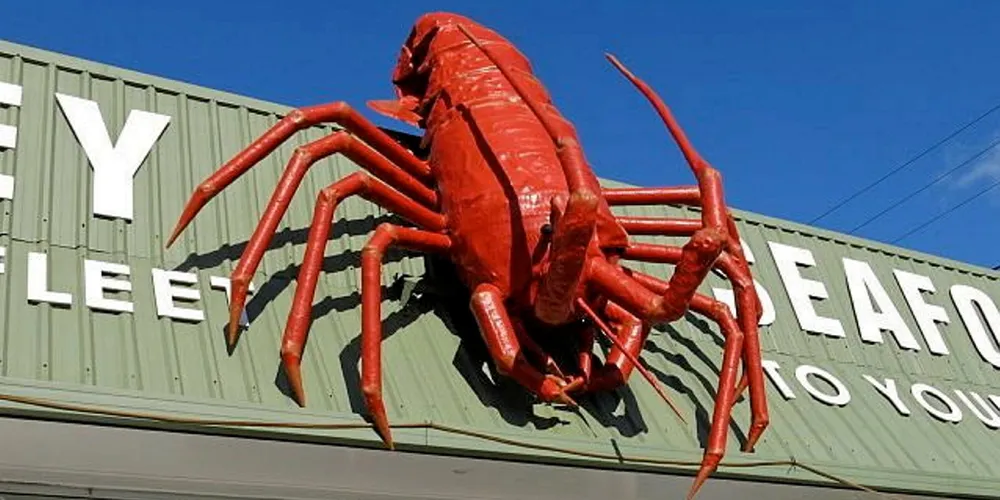Lobster row rocks offshore wind as state tells turbines to stay away
South Australian ministers reckons danger to fisheries outweighs any benefit of offshore wind, but trade unions say move could cost economy billions

South Australian ministers reckons danger to fisheries outweighs any benefit of offshore wind, but trade unions say move could cost economy billions
